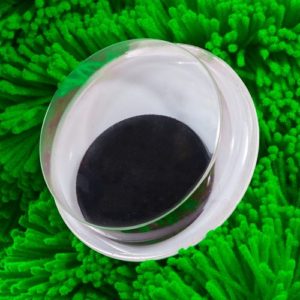The early 2000s were a simpler time. We had gotten past the threat of the new millennium and global warming wasn’t looming as aggressively as it is now. This was also pre-smartphone addiction. We weren’t overstimulated by a constant influx of images bombarding the multitude of screens we now own, it cost 10 cents a word to text, everyone knew how to three-way call. The combination of the social and technological implications of this era made the work that Mark Hunter did under the name “The Cobra Snake” possible. He spent years documenting nightlife and making scenesters into celebrities through his blog. Capturing some of the biggest stars at the time at their most uninhibited, making hipster fashion accessible to the masses, and changing the culture around photo sharing and documentation, his work serves as both a time capsule of the era as well as the inspiration behind a whole new genre of photographer.

Mark Hunter
When you first started taking photos at parties, did you see your camera as your “date” to the party – sort of your reason to be there?
Mark Hunter: My “date” to the party was the model I brought as my date to the party. Just kidding. I think you‘re right about the camera being my reason to be there. But at the same time my photography grew naturally out of my experiences. I was documenting the places that I was going and people I was meeting, even without any reason to be there. Sometimes my reason to be somewhere was just that I snuck in, or bribed the bouncer with sour candy. When I was just starting out, I was so excited by the indie rock show or gallery opening that I just had to take pictures to capture the energy I was feeling. I’m lucky that energy came through in the pictures and people responded to what I was doing.
You’ve transitioned from documenting to directing with your more editorial work. How do you still capture that same sort of candid, in the moment feel when you’re pre-planning a shoot or are expected to deliver certain shots to clients?
MH: I think its really about keeping the vibes right during a shoot, just making sure everyone is having fun. If I’m doing my job right all of my shoots are fun little parties where people look great and feel great, and that comes across in the pictures.
Once people started knowing you and your work, was it harder to capture authentic moments that weren’t performative in some way?
MH: Yes, but the performance was always there, even in my early party photography. A lot of my work captures authentic moments that are also performative. It doesn’t necessarily take away from the authenticity if someone is mugging for the camera if they are doing it in a way that feels fun and genuine.
Culturally are we too performative now and aware of being documented for anything to actually be authentic?
MH: You can still be totally authentic while performing and being aware of being documented! I think kids these days know how to do this very well, I have so much respect for them for learning how to navigate this crazy world.
If culture isn’t documented, does it have the same sort of impact? How much does influence affect culture?
MH: It’s probably really hard to find any culture nowadays that isn’t documented and somehow put on the internet, it’s kind of like everything is just swirling around in a big stew, but some things are the bigger chunks of like potatoes that hold their own and keep their integrity and some other things get lost in the sauce. I think everything is influenced by everything else, just to greater or lesser degrees.
Do you prefer photographing people you’re close to or strangers? How do you approach those subjects differently?
MH: I love both in different ways. There‘s something magical that can happen when you take a candid of a complete stranger, a freshness in their response and expression that comes from that first encounter. But photographing people I’m close with is great too because I can develop a relationship with someone and really find out what their best angles are, what kind of situations they will look best in, whether they should be sitting on the floor or jumping up in the air, etc.
Did the cell phone kill the photographer or the photo blog?
MH: Smartphones have totally transformed photography and made it more of a part of everyone’s daily life, which is a huge shift from when I was a kid. Instagram probably did kill the photo blog, or at least transformed it or took it over. But photographers haven’t gone anywhere, there is still space for people with a unique perspective and passion for making images and there will always be an audience for their work.
What work are you the most proud of? Why?
MH: I’ve recently started to organize my archive, which has been great for reflecting on my entire body of work. Looking back at my archive as a whole, I’m most proud of the way that I was able to capture the spirit of youth culture in the 2000s, people having fun and being creative. There‘s a certain look and a feeling from that time that really comes through in the photos.
Do you see LA as a strong influence in your work? Do you think your work would have developed differently if you were based elsewhere?
MH: LA is my greatest muse and my home and is always huge influence on me. One of the best things about LA is the diversity, growing up with friends from all different backgrounds and perspectives was amazing. And people in LA are generally pretty nice and easy going but there is still amazing culture, like fashion, music, movies, and food. LA also definitely influenced me to get into the fitness/wellness space, because the nature is so beautiful here and people like to stay fit. There‘s an underlying weirdo-oddball-eccentric energy in LA that influenced me a lot and that makes the city super fun.
You can find more of Mark’s work on his site and Instagram.

































